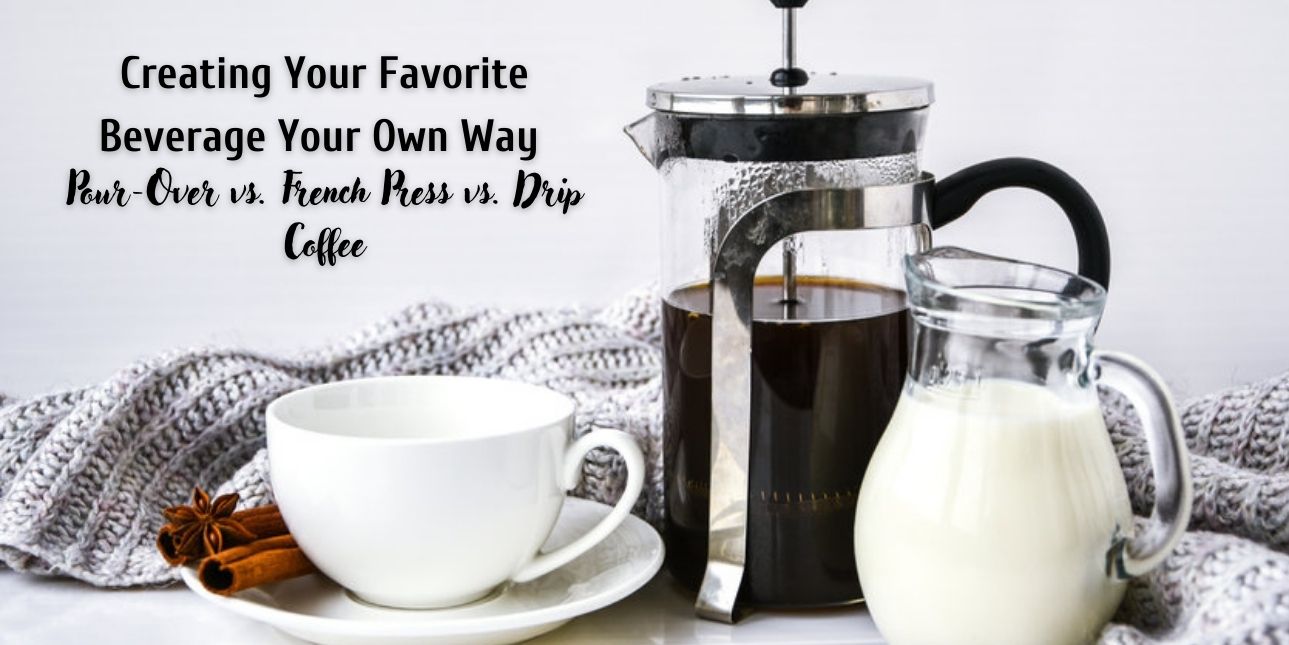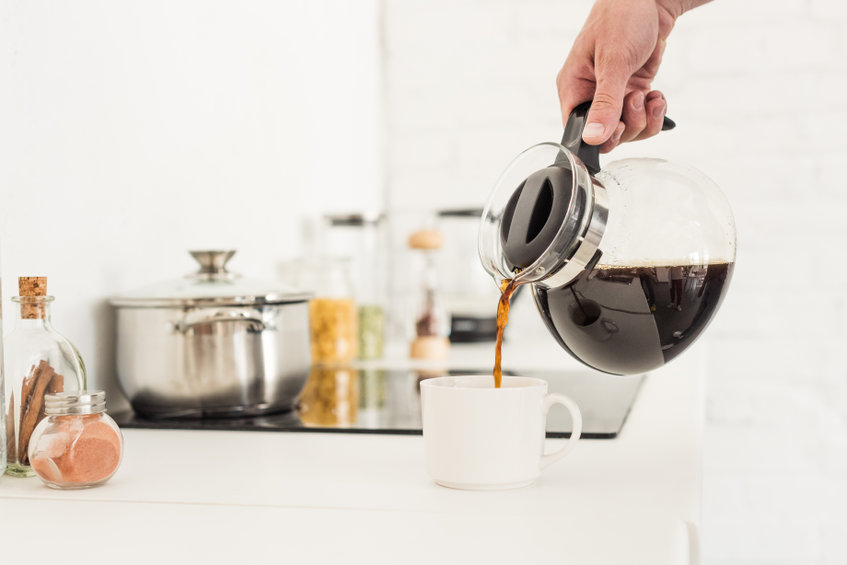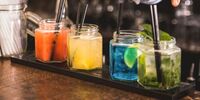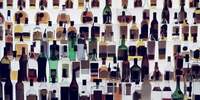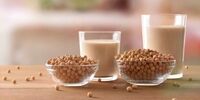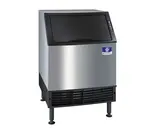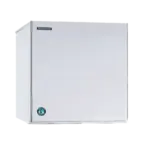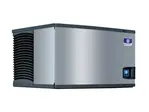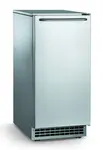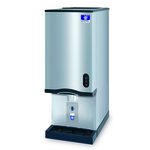Coffee connoisseurs swear by the French press method of brewing delicious, strong, and incredible tasting cups of the caffeinated beverage. Although drip coffee has been the mainstay of commercial coffee makers, pour-over coffee and the French press methods are quickly rising in popularity for those who prefer a quality cup of coffee. So what is the difference between pour-over coffee vs. French Press vs. drip coffee?
Drip Coffee vs. French Press
Drip coffee employs the use of traditional coffee makers to brew hot cups of fresh coffee. This method of making coffee is ubiquitous and you can find fully automated coffee brewers in hotels, homes, restaurants, and coffee shops. These coffee machines allow you to brew batches of the hot beverage and keep them handy for quick service. You can also install them in self-serve stations to allow your customers to help themselves and make their coffee in their preferred way. This method of brewing coffee has largely remained unchanged since its inception, although ever-changing and improving technology has innovated the coffee brewing process. The process of making drip coffee is simple - once the coffee grounds are placed inside the brew basket of a coffee brewer, all you need to do is press a switch and the coffee should be ready in about 3-10 minutes. These coffee makers also have a warming station that will keep your coffee hot for when you’re ready for a refill.
French press coffee requires the use of a manual coffee maker to provide you with complete control over the coffee-making process. Patented first in 1929, the device is also known as the coffee plunger or the coffee press. The coffee press is easy to operate - once the coffee grounds are placed inside the cylindrical container, hot water that is a little under boiling point is poured into the press. It is then stirred well to mix the coffee and hot water uniformly. The plunder is pushed down at a slow pace to infuse the hot water with the coffee and allowed to sit for 5-8 minutes before your coffee is ready. The plunger pushes the coffee grounds to the bottom, while your prepared brew remains at the top for easy pouring. Since the French press method does not get rid of coffee oils and uses a coarser grind to prepare your cup, the flavor of your brew is more robust and likened to that of espresso. To store your hot coffee for longer, the use of a carafe is recommended. The taste profile of a French press coffee vs drip is stronger although the coffee may contain sediments at the bottom of your freshly brewed cup.
Pour-Over Coffee vs. French Press
Pour-over coffee incorporates the use of a filter that is placed directly over a carafe to produce batches of coffee. Coffee grounds are placed on the mouth of the vessel in which the coffee is being prepared and hot water is added, where it drips down into the mug or decanter. This method is one of the oldest ways to prepare coffee and has recently surged in popularity with the rise of specialty coffee shops. What differentiates pour-over coffee from the other methods of preparing coffee is the way hot water is added manually over coffee grounds. This is one of the reasons why pour-over coffee is also known as hand-brewed or manually brewed coffee. Pour-over coffee is an excellent way to extract aromas and oils from the coffee and is one of the best methods to prepare single-origin coffees. Well-prepared pour-over cups are clear and consistent. The paper filter catches sediments and since this is an infusion-type of making coffee, it is more efficient at extracting the best out of your grounds. Immersion-type methods of brewing coffee, such as the French press, cause the water to become saturated if kept for too long in the container, while with pour-over methods, there is a constant supply of fresh water, leading to a clean, strong cup.
This is not to say that pour-over coffee is simply the best way to make a hot cup. Imprecise methods can cause water to not infuse properly with coffee grounds and lead to a weaker brew. Pour-over methods require control and skill on the part of the barista and may take proper training before the maker can deliver a perfect cup. Because of issues like these, coffee-making equipment manufacturers have tried to bring automation to the process through batch brewers so that a clean and consistent cup is delivered every time.
French Press Iced Coffee
The French press method is also an excellent way to make batches of iced coffee. The first way to do this is by making cold-brew concentrate. Coffee grounds are mixed with cold water and allowed to sit for at least 12 hours for the immersion process to happen. After letting the iced coffee french press work its magic, your brew is ready and you can mix it with additions like milk, half-and-half, and sugar to customize it to your taste.
It’s not always easy to produce French press iced coffee the traditional way, so there’s a popular workaround for the problem. There’s no prior requirement to make special plans for the iced coffee this way. So how to make iced coffee with a French press, you may ask? You can start the coffee-making process by brewing double-strength coffee in your press. Once the coffee has been prepared, you can pour it over ice cubes for quick service.
A quick and easy recipe to make French press iced coffee is to use four tablespoons of coarsely ground coffee and saturate it with 8 ounces of hot water. Stir the mixture to ensure that proper infusion takes place and allow it to brew for about 4 minutes. Fill up two serving glasses halfway with ice cubes and slowly push the plunger to bring the coffee sediments to the bottom of your French press. The ice will melt as you pour the coffee into the serving glasses and make two delicious servings of freshly brewed iced coffee. As always, you can add extras like milk or half-and-half to make the coffee to your liking. To make specialty coffee, you have the option of adding vanilla syrup to make an iced vanilla latte or caramel sauce to create an iced caramel latte.
There is no conclusive answer to which method is best for brewing fresh coffee. Drip coffee is faster to make and requires little manual intervention. Automated coffee machines also feature hot plates for keeping the brewed coffee hot. This method does remove some of the oils from the coffee and it may not be as strong and flavorful as coffee made via pour-over and French press methods. The two manual methods require skill and patience to make but produce richer and more aromatic coffee. If you have the time and only need a few cups that will be consumed quickly, you can’t go wrong with either way of brewing your favorite drink.

